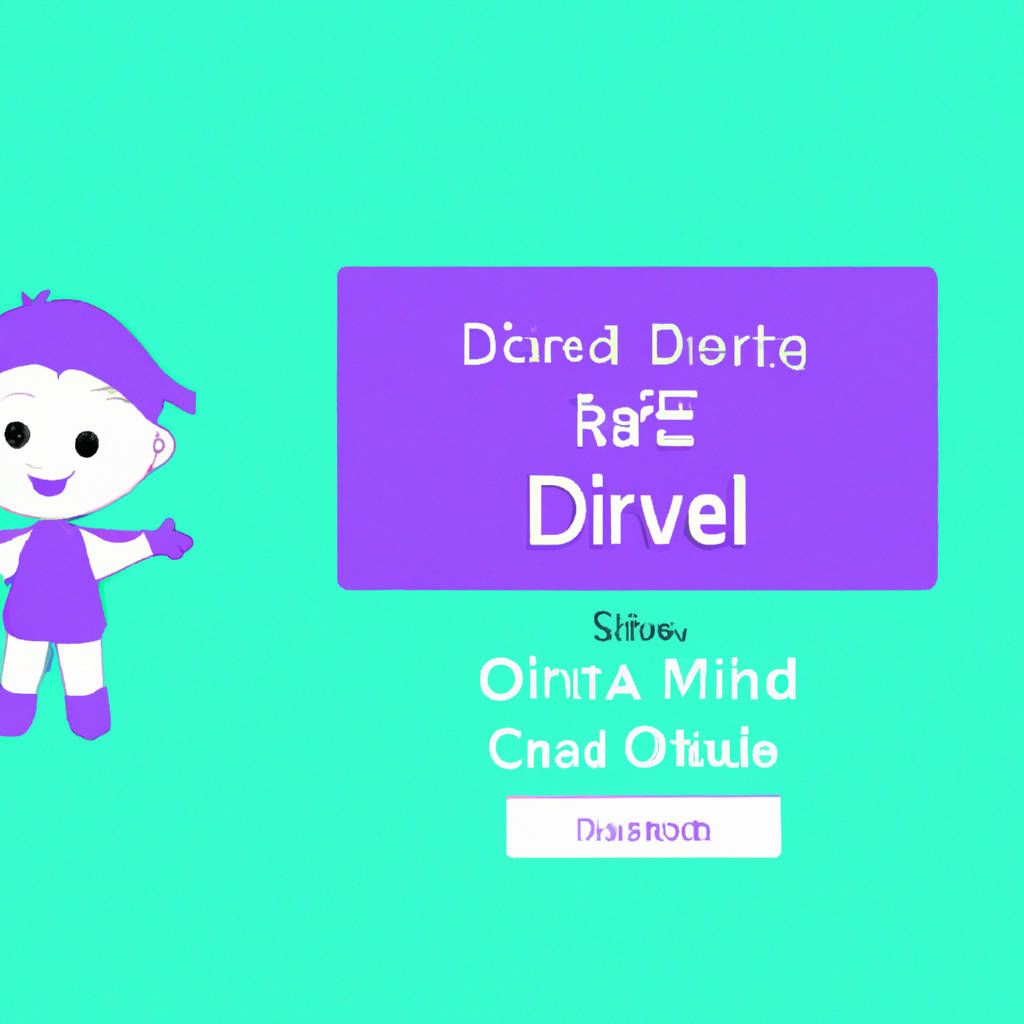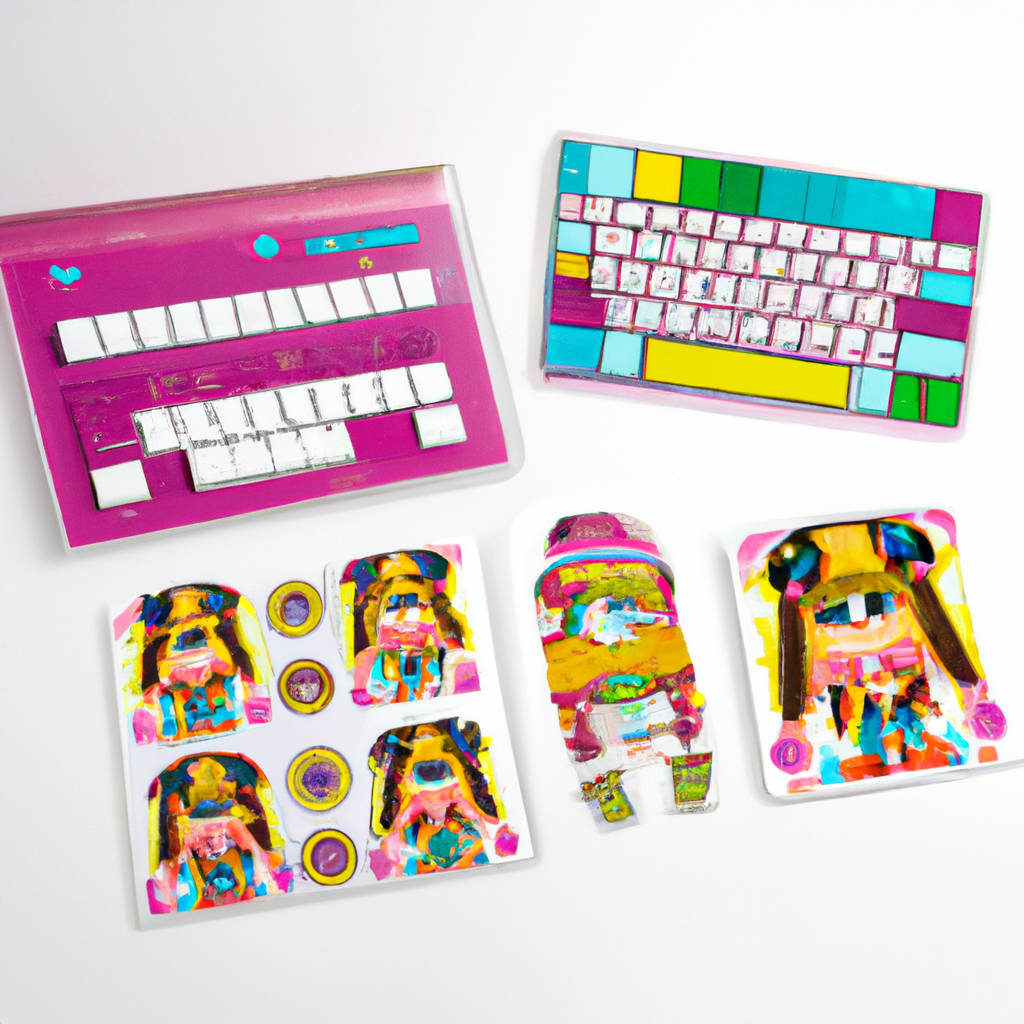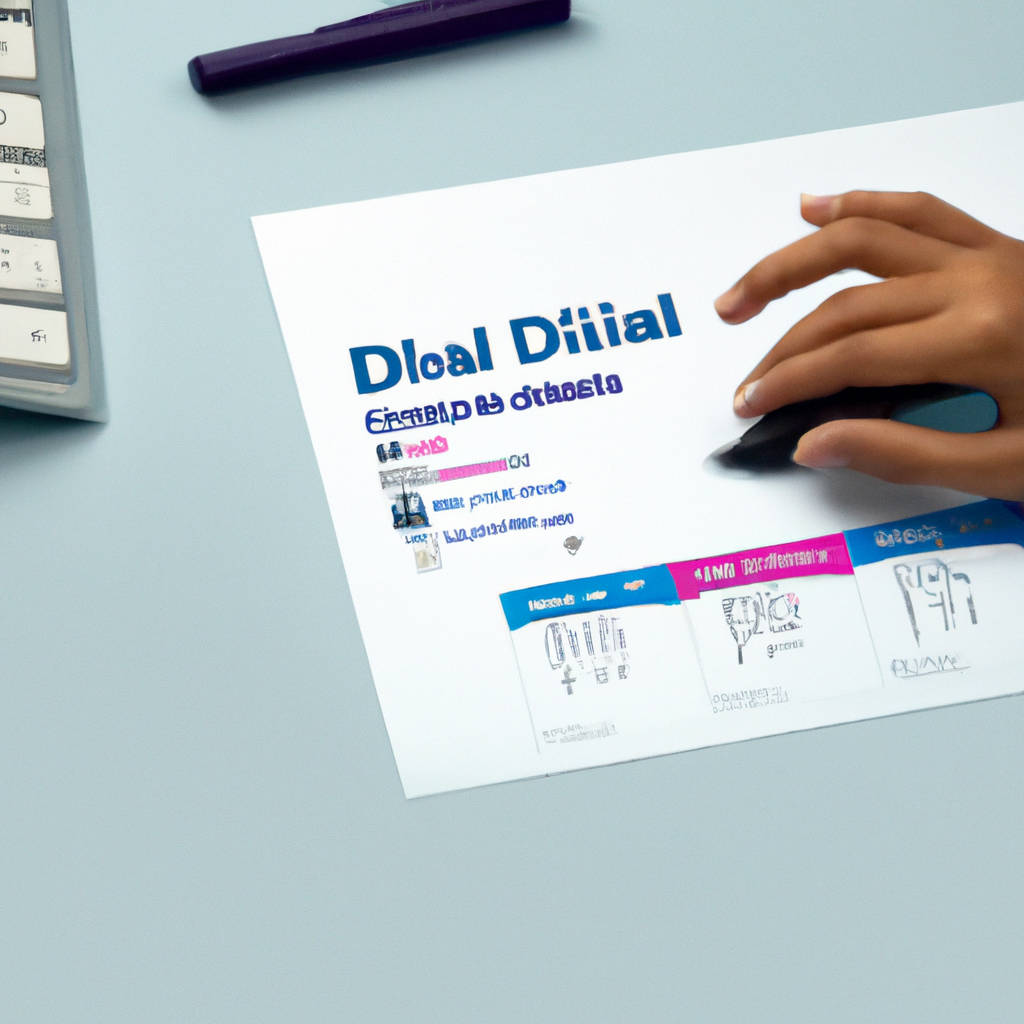Reasons to Use a Divi Child Theme
Using a Divi child theme can be advantageous for a variety of reasons. One key benefit is the ability to make customizations to your website without affecting the original parent theme. By creating a child theme, you can modify the appearance and functionality of your site without altering the core files of the parent theme. This allows you to update the parent theme without losing your customizations, ensuring that your site remains up-to-date and secure.
Additionally, using a child theme can help streamline the development process by providing a framework for making changes to your site. This can save time and effort in the long run, as you can reuse the child theme for future projects or updates. Furthermore, using a Divi child theme can help maintain consistency and branding across your website.
By creating a child theme with custom styles, fonts, and layouts, you can ensure that your site has a cohesive look and feel that aligns with your brand identity. Overall, utilizing a Divi child theme offers a range of benefits that can help enhance the design and functionality of your website.

Can You Use Divi Without a Child Theme?
Yes, it is possible to use Divi without a child theme. Divi is a powerful and versatile theme that comes with a wide range of customization options out of the box. While using a child theme can provide additional flexibility and customization options, it is not necessary for all users. Many users find that they are able to achieve their desired design and functionality using the built-in customization options provided by Divi.
Additionally, using a child theme can add complexity to the website development process and may require additional maintenance and updates. For users who are looking for a simpler and more streamlined approach to building their website, using Divi without a child theme can be a viable option. Ultimately, the decision to use a child theme or not will depend on the specific needs and preferences of the individual user.
Essentials for Creating a Divi Child Theme
Creating a Divi child theme is essential for customizing and modifying the appearance and functionality of a website built using the Divi theme. There are several key elements that are necessary when creating a Divi child theme. First and foremost, a style.css file is required in order to define the basic CSS styles for the child theme.
This file should contain the necessary information such as the theme name, author, version, and description. Additionally, a functions.php file is needed to enqueue the parent theme’s stylesheet and any additional styles or scripts for the child theme. Another important element is the header.php file, which allows for customization of the header section of the website. This file can be used to add a custom logo, navigation menu, or other elements to the header. Finally, a footer.php file is also essential for customizing the footer section of the website.
This file can be used to add widgets, social media icons, copyright information, or other elements to the footer. By including these essential elements in a Divi child theme, website owners can easily customize and modify their website without affecting the parent theme. This allows for greater flexibility and control over the design and functionality of the website, making it easier to create a unique and personalized online presence.

Core Components of a Child Theme
Child themes are an essential aspect of customizing a WordPress website without altering the original parent theme. The core components of a child theme include the style.css file, functions.php file, and template files. The style.css file is crucial for defining the appearance of the website, such as fonts, colors, and layouts.
This file also includes the necessary information for WordPress to recognize the child theme. The functions.php file allows developers to add custom code and functionalities to the website, such as custom post types or widgets. Template files are used to control the layout and design of specific pages on the website, such as the header, footer, and sidebar. By utilizing these core components effectively, developers can create a unique and personalized website design while maintaining the integrity of the parent theme.
Child themes are a powerful tool for website customization and allow developers to make changes without affecting the original theme’s functionality. Additionally, child themes make it easier to update the parent theme without losing any customizations made to the website. Overall, understanding and utilizing the core components of a child theme is essential for creating a professional and visually appealing website.
Setting Up Your Child Theme Directory
Setting up your child theme directory is an important step in customizing your WordPress website. A child theme is a separate theme that inherits the functionality and styling of a parent theme, allowing you to make changes without affecting the original theme. To set up your child theme directory, you first need to create a new folder in your WordPress themes directory.
This folder should be named after your child theme, and it should contain a style.css file with the necessary header information. You can also include a functions.php file in your child theme directory to add custom functionality. Once you have set up your child theme directory, you can start customizing your website by adding custom CSS styles, modifying template files, or adding new features.
This allows you to make your website unique and tailored to your specific needs without compromising the integrity of the parent theme. By setting up your child theme directory, you can ensure that your website remains secure and up-to-date while still allowing for customization and personalization.

Adding Custom CSS with Your Child Theme’s Style.css
When it comes to customizing your website’s design, adding custom CSS with your child theme’s style.css file is a common practice. By adding custom CSS, you can make specific design changes to your website without altering the original theme files. This allows you to maintain the integrity of your theme while still achieving the desired look and feel for your site.
Custom CSS can be used to change colors, fonts, spacing, and other design elements to match your brand or personal style. It provides a flexible and efficient way to make visual changes to your website without having to rely on pre-built options or plugins. Additionally, adding custom CSS to your child theme’s style.css file ensures that your changes will be preserved even when the theme is updated.
This means that you can continue to customize your website’s design without worrying about losing your changes in future updates. Overall, adding custom CSS with your child theme’s style.css file is a powerful tool for customizing your website’s design and creating a unique and personalized look for your site.
Optional: Creating a Thumbnail for Your Divi Child Theme
When creating a Divi child theme, one optional step you may want to consider is creating a custom thumbnail image to represent your theme. This thumbnail can be used to visually showcase your theme in the Divi Builder, making it easier for users to identify and select your theme from the list of available options.
By creating a custom thumbnail, you can add a personal touch to your theme and make it stand out from the crowd. This can help attract more users to your theme and increase its visibility in the Divi community. Additionally, a well-designed thumbnail can give users a sneak peek of what to expect from your theme, helping them make an informed decision before installing it on their website.
Overall, creating a custom thumbnail for your Divi child theme is a simple yet effective way to enhance the user experience and promote your theme to a wider audience.

Uploading and Activating Your Child Theme
When customizing a WordPress website, it is often recommended to create a child theme to make changes without altering the original theme files. Uploading and activating your child theme is a simple process that can be done through the WordPress dashboard. To start, you will need to create a new folder in the wp-content/themes directory and name it after your child theme.
Within this folder, you will need to create a style.css file with specific information about your child theme, such as the theme name, author, and version. You will also need to create a functions.php file to enqueue the parent theme’s stylesheet and any additional customizations you want to make. Once you have created these files, you can compress the child theme folder into a zip file and upload it through the WordPress dashboard.
After uploading the zip file, you can activate your child theme by navigating to the Appearance > Themes section and selecting your child theme. By following these steps, you can safely make changes to your WordPress website without affecting the original theme files.
Transferring Existing Custom CSS/Code to Your Child Theme
When transferring existing custom CSS/code to your child theme, it is important to follow proper procedures to ensure that your website remains functional and aesthetically pleasing. One common reason for transferring custom CSS/code to a child theme is to prevent any changes from being lost when the parent theme is updated.
By creating a child theme and transferring the custom CSS/code, you can make sure that your website maintains its unique design and functionality. Additionally, transferring custom CSS/code to a child theme allows for easier customization and troubleshooting in the future. It is important to carefully review and test the transferred code to ensure that it functions correctly and does not cause any conflicts with other elements of your website.
It is also recommended to make backups of your website before making any changes to avoid any potential issues. Overall, transferring existing custom CSS/code to your child theme is a practical and effective way to protect your website’s design and functionality while allowing for future customization and updates.
